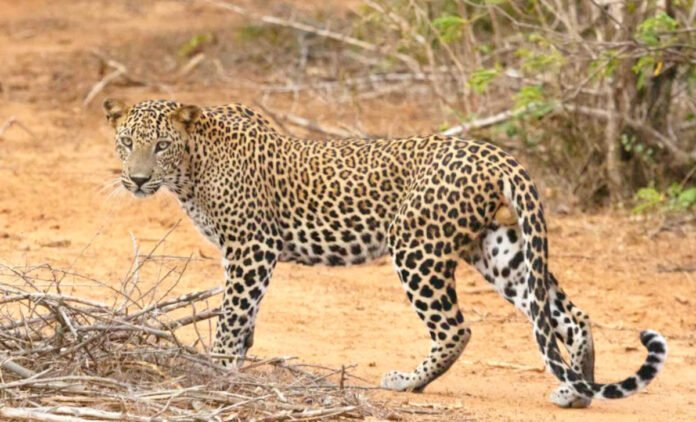In a significant administrative push to address rising Uttarakhand Wildlife Conflict, the state government has intensified action across sensitive regions after repeated incidents of animal attacks were reported from several districts. The situation prompted urgent directives from the Chief Minister and the Forest Minister, who reviewed the pattern of recent encounters with deep concern.
The Chief Minister described the incidents as “a matter that requires immediate and coordinated intervention.” He added, “Public safety is the top priority of the government, and every officer must act with full sensitivity and responsibility.”
Our correspondent reports that senior officials of the Forest Department convened a detailed meeting in Dehradun to assess the recent surge in conflict cases. The meeting, chaired by the Principal Chief Conservator of Forests, focused on hotspots in Pauri, Almora, Tehri and adjoining regions where villagers have recently recorded multiple leopard sightings.
During the review, the Principal Chief Conservator of Forests said, “We cannot allow laxity at any stage. Every range officer must remain on high alert and ensure rapid field response.” He confirmed that divisions have been asked to deploy additional ground teams in high risk zones.
Directions issued to all territorial divisions include stepped up night patrols, increased surveillance in forest edge settlements and full time phone availability for local forest guards. Officials also instructed teams to use camera traps and drone based monitoring for real time tracking of wildlife movement.
Our correspondent adds that rapid response teams have been told to remain ready for immediate deployment. A senior wildlife officer explained, “Our teams must reach incident sites within the shortest possible time. Quick response can prevent panic and minimise further risk.”
The Forest Minister, while emphasising strict vigilance, said, “Every life is precious. Wildlife conflict poses a complex challenge, but public safety cannot be compromised. Officers must adhere to every instruction without delay.” He also sought daily field situational reports from divisional officers.
Departments have been asked to maintain close communication with village heads. A senior officer said, “Local intelligence is essential. Villagers observe movement patterns that our teams may not immediately detect. Coordination builds trust and strengthens prevention.”
To support monitoring efforts, the government has approved a budget of fifty lakh rupees for procurement of drones, camera traps and related equipment. Officials believe the new tools will help improve detection and significantly enhance field preparedness.
Compensation procedures were also reviewed. The Chief Minister instructed officers to release relief amounts quickly and said, “Families affected by such tragedies must never feel abandoned. The state stands with them at every step.”
Experts note that wildlife movement near human settlements increases during winter as animals search for food. Field officers have advised villagers to avoid late evening outdoor movement, secure livestock enclosures and ensure proper waste disposal to discourage animal presence.
Environmental experts and retired forest officers consulted by the department stressed the importance of long term solutions. One senior conservationist said, “Habitat improvement, scientific corridor management and community based awareness are key to reducing conflict in the future.”
The department also appealed to the public not to circulate unverified information. A senior police official coordinating with the forest teams said, “Rumours worsen panic. People should report facts directly to authorities and avoid speculation.”
The situation continues to be monitored through twice daily updates from all sensitive divisions. Officials affirmed that comprehensive measures remain in force until ground conditions stabilise.

























